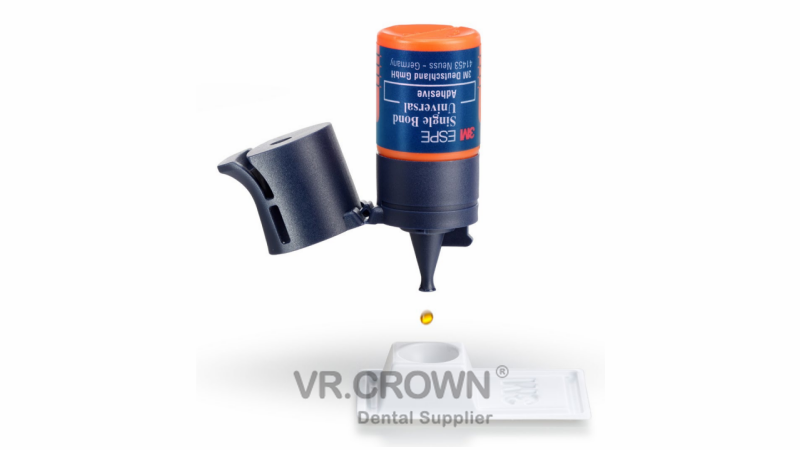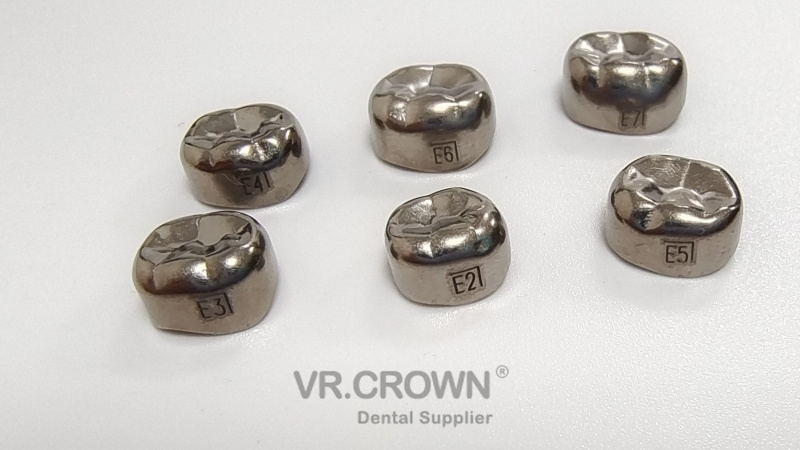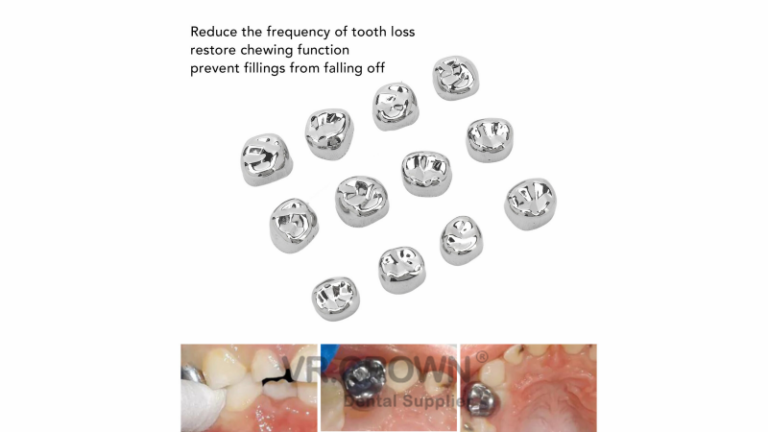In your journey as a dentist, we believe you must have encountered many patients seeking dental crowns for various reasons, from restoring damaged teeth to improving their smiles.
However, it’s not uncommon for patients to wonder if there’s a better alternative to a dental crown. This question is essential, as it prompts us to explore options that may provide the same benefits with fewer drawbacks.
In this article, I’ll delve into this topic, shedding light on potential alternatives to dental crowns and their suitability in different situations.
The Role of Dental Crowns
Before discussing alternatives, let’s understand the primary roles of dental crowns and why they are commonly used:
- Restoration: Dental crowns are often used to restore teeth that are severely damaged, decayed, or weakened. They provide structural support and protect the tooth from further harm.
- Aesthetics: Crowns can enhance the appearance of a tooth by improving its shape, size, and color. This is especially important for visible teeth in the front of the mouth.
- Protection: They act as a protective shield for vulnerable teeth, preventing fractures and reducing the risk of infection.

Alternative 1: Dental Veneers
Dental veneers are thin shells made of porcelain or composite resin that are custom-fitted to the front surface of teeth. They are a popular alternative for improving the aesthetics of teeth without the need for a full crown.
Veneers are an excellent choice for:
- Cosmetic Enhancements: Veneers can address issues like stains, chips, and minor misalignments, providing a more conservative option for smile makeovers.
- Minimally Invasive: The preparation for veneers involves minimal tooth reduction compared to crowns, making it a less invasive choice.
- Natural Appearance: Veneers offer a natural appearance and can be color-matched to surrounding teeth.
Alternative 2: Inlays and Onlays
Inlays and onlays are restorations that are used when a tooth has a moderate amount of damage or decay but doesn’t require a full crown. They are typically made from porcelain, composite resin, or even gold.
Inlays fit within the cusp tips of a tooth, while onlays extend over one or more cusps. These alternatives are suitable for:
- Conservative Restoration: Inlays and onlays allow for the preservation of healthy tooth structure while restoring the damaged area.
- Strength: They provide excellent strength and durability, making them a reliable choice for posterior teeth.

Alternative 3: Dental Bonding
Dental bonding is a minimally invasive procedure that involves the application of a tooth-colored resin material to repair minor issues such as chips, gaps, and discoloration.
Bonding is an attractive option for:
- Cosmetic Improvements: It can enhance the appearance of teeth in a single visit, making it a convenient choice for minor aesthetic concerns.
- Minimal Tooth Reduction: Bonding typically requires minimal tooth preparation, preserving natural tooth structure.
Considerations When Exploring Alternatives
While these alternatives offer valuable options for specific situations, it’s crucial to consider several factors:
- Severity of the Issue: The choice between a crown and an alternative depends on the extent of the dental problem. Severe damage or decay may still necessitate a crown for optimal restoration and protection.
- Aesthetics vs. Function: Assess whether the primary concern is aesthetics or functionality. Some alternatives excel in appearance but may not provide the same level of protection and durability as crowns.
- Longevity: Discuss the expected lifespan of each option with your dentist. Crowns tend to be more durable and have a longer lifespan compared to some alternatives.
- Cost: Consider the financial aspect, as alternatives may vary in cost. Dental insurance coverage should also be factored into the decision-making process.

In conclusion, while dental crowns are versatile and effective restorations, there are alternatives available depending on the specific needs and preferences of the patient.
Dental veneers, inlays, onlays, and dental bonding offer viable options for various situations, often with a more conservative approach.
Ultimately, the choice between a crown and an alternative should be made after a thorough evaluation by a dentist, taking into account the patient’s goals and the condition of the tooth.
Should you have any questions, contact us today at uident.lisa@gmail.com.



